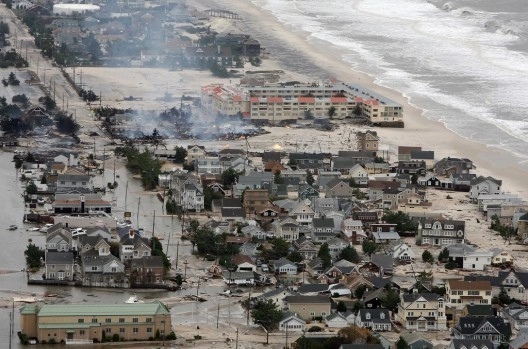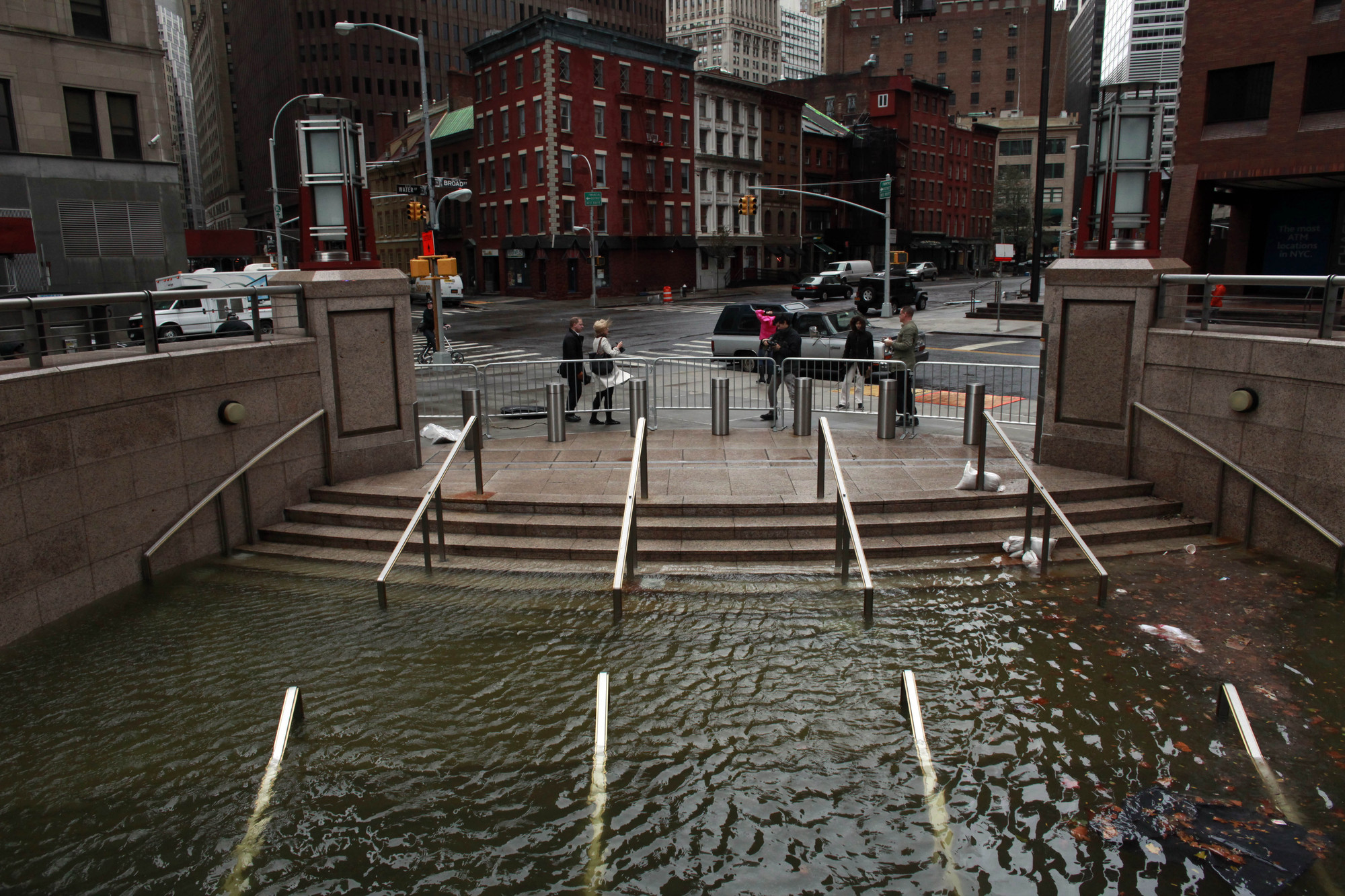
This article by Jonathan Ward, originally published on Arup Thoughts as "A Top-Down Approach to Flood Prevention" discusses a cheap, simple, but effective method of easing the load on drainage after a storm: temporary storage of water on flat roofs, which can not only help to prevent floods, but also provide unexpected benefits as well.
Gravity offers a simple and cheap way to attenuate stormwater flows – by storing water temporarily on a flat roof. All sorts of causes are being blamed for the current flooding in the UK; lack of dredging, poor management of catchment areas, construction on flood plains and paving over front gardens are all being mentioned in the press.
One thing is for sure – we will be paying a lot more attention to the topic given the current experience, and the fact that wetter winters are predicted in our changing climate, with a certainty of more extreme events.
Read on for an explanation of why this counter-intuitive measure actually makes perfect sense















